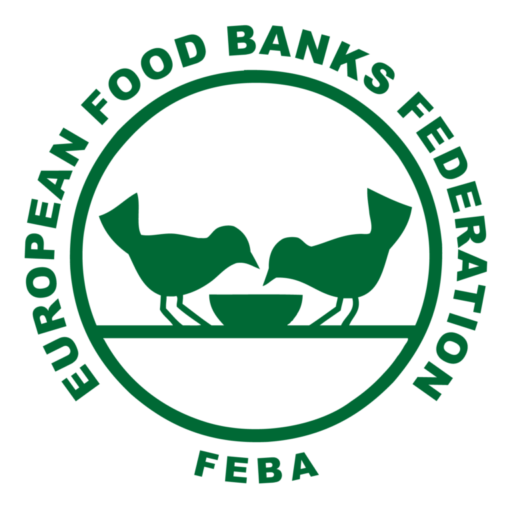An average of 177,238 people in need appealed to the Belgian Food Banks each month in 2021 through more than 650 local associations. The high demand has thus been maintained compared to 2020, and has even increased, mainly in the second half of the year. In total, 22,229 tonnes of food were distributed in 2021, a volume comparable to that of 2020, while the surplus offered by the food industry decreased by 11% compared to 2020 and the Fédération Belge des Banques Alimentaires / Belgische Federatie van Voedselbanken received 20% less goods from the Fund for European Aid to the Most Deprived.
The reduction of those donations could be compensated by the additional purchase of foodstuffs equivalent to 9% of the total volume distributed. Without these purchases, financed mainly by exceptional subsidies, the beneficiaries would have suffered a severe structural shortage of food supply.
Since the second half of 2021, energy prices have risen sharply and will weigh heavily on people in precarious situations. In addition, a significant increase in food prices is also expected. As a result, the Belgian Food Banks fear that by 2022 many people in need will have to choose between food and heat. This situation is likely to force more people to turn to food aid in 2022.
This is why the Belgian Federation of Food Banks has launched an appeal to policy makers for additional tax incentives. Such incentives could encourage food companies and retailers to offer more food. In this way, they would also contribute to the reduction of food waste.
Piet Vanthemsche, President of the Belgian Federation of Food Banks explains: “In Belgium, companies that donate food products can reclaim the VAT (6%) on them. Unfortunately, this incentive does not seem to be sufficient to continue receiving enough food donations. That is why we would like to see a system similar to the one in France, where the net book value of the donated food can be deducted, which is a real tax reduction. In addition, this formula also takes into account storage and transport costs.”
Read the original article here.




